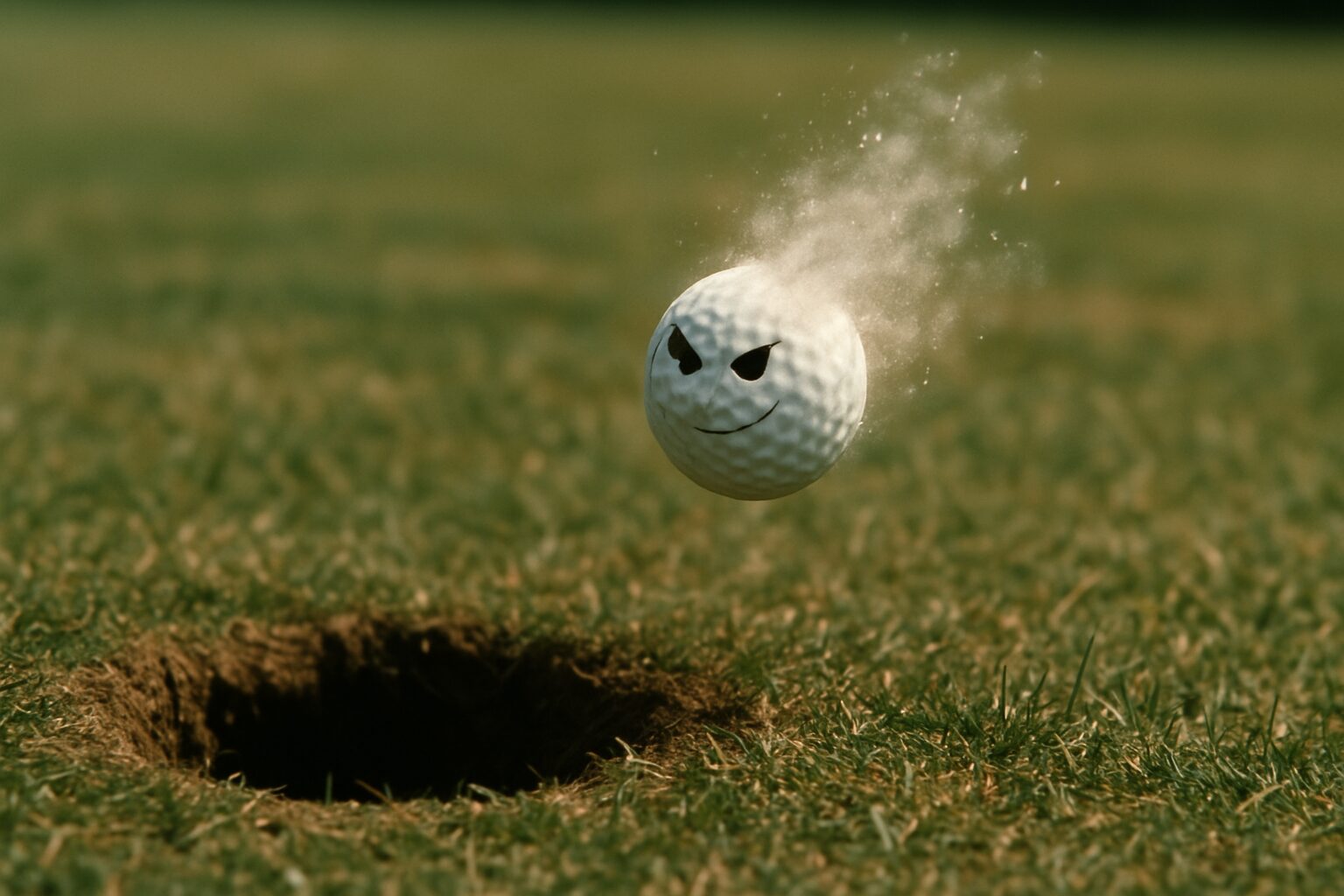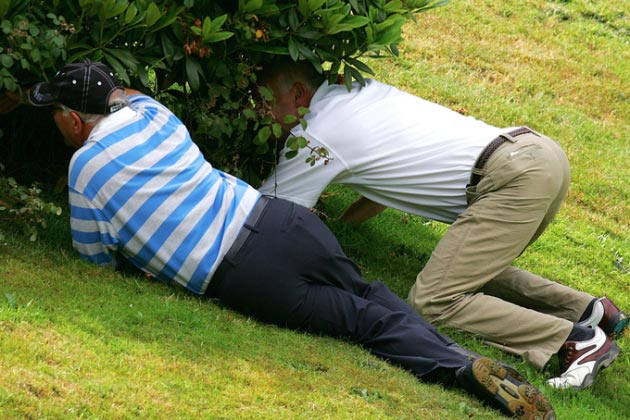Blog
How to Bet on Golf
A Comprehensive Guide for Beginners and Enthusiasts

Golf betting has grown in popularity, driven by the excitement of major tournaments and the wide range of betting opportunities available. Unlike betting on traditional team sports, betting on golf offers unique formats and options due to its individual competition nature. Here’s a guide on how to get started, understand the odds, and explore different betting markets.
Understanding Golf Odds
Golf betting odds can be presented in three main formats: American odds, decimal odds, and fractional odds. American odds are most common in the U.S., where favorites are represented with a minus sign (e.g., -150), and underdogs have a plus sign (e.g., +200). A bet with -150 means you need to wager $150 to win $100, while +200 means a $100 wager would win you $200.
Decimal odds are used in Europe and represent the total return for every $1 wagered, including your stake. For example, 3.00 odds mean a $1 bet would return $3. Fractional odds, used primarily in the UK, such as 10/1, show how much profit you’d make compared to your stake (e.g., a $10 bet at 10/1 returns $100 in profit, plus the original $10 stake).
Popular Golf Betting Markets
- Outright Winner: This is the most straightforward bet—picking the player who will win the tournament. Given that there can be up to 156 players competing, the odds are often higher compared to team sports. This market remains open even after the tournament has begun, but odds will shift based on player performance.
- Place Finish: Instead of betting on the outright winner, you can bet on whether a player will finish in the top 5, top 10, top 20, etc. This gives bettors a better chance of cashing out, albeit with shorter odds. For instance, betting on Rory McIlroy to finish in the top 10 will have lower odds (and thus a smaller payout) than betting on him to win the entire tournament.
- Matchups: In matchup betting, you’re betting on one player to finish ahead of another in the tournament. Matchups can span the entire tournament or be restricted to a specific round. This format can simplify golf betting by narrowing down your focus to just two players, rather than the entire field.
- Round Leader: You can bet on who will lead at the end of a particular round, such as the first round leader. These bets typically have high odds since early-round performance can be unpredictable.
- Prop Bets: Golf props add extra excitement to your betting experience. Examples include whether there will be a hole-in-one, who will record the longest drive, or specific player props like whether a certain golfer will make the cut. These prop bets don’t directly affect the tournament outcome but can offer interesting side action.
- Nationality Props: This market allows you to bet on the highest-finishing player from a specific country or region. For instance, you might bet on the top American or the best Australian player in a tournament.
- Live Betting: Live betting in golf is a growing trend, allowing bettors to place wagers in real time during the tournament. You could bet on whether a player will make a birdie on a specific hole or if they’ll hit the fairway. This type of betting adds to the thrill by enabling you to react to the action as it unfolds.
Key Tips for Betting on Golf
- Study Course Layout and Conditions: Different courses suit different player styles. Research the course layout, whether it’s favorable to long hitters or requires accurate iron play. The weather can also significantly impact outcomes—windy conditions often mean higher scores.
- Know the Players: Recent form is crucial in golf. Has the player been consistent in recent tournaments? Do they have a history of performing well on similar courses? Understanding these details will give you an edge when placing bets.
- Manage Your Bankroll: Always set a betting budget that you can afford to lose. A good rule is to bet only 1-4% of your bankroll on any given wager. It’s easy to get caught up in the excitement, especially during major tournaments, but staying disciplined is key to long-term success.
- Take Advantage of Dead Heat Rules: If multiple players tie for a finishing position (e.g., several players tying for 5th place), the payout is divided among the winners. Understanding how your sportsbook handles dead heats can help you manage expectations and understand potential returns better.
- Look for Value: Assess implied odds to determine whether a wager is worth it. Implied odds show the probability of an outcome as determined by the bookmaker, but your own research might suggest a different probability—this is where you find value. For example, if you believe a player has a better chance of winning than the odds suggest, this could be a good bet to make.
Common Golf Betting Strategies
- Each-Way Betting: This involves placing two bets—one on a player to win and one on them to finish in the top spots (usually top 5 or 10). It’s a good strategy when you think a player has a strong chance of competing but might not win outright.
- Focus on Underdogs in Matchups: In matchups, sometimes less prominent players are undervalued. If a high-profile golfer is struggling with form, betting on an underdog with better recent performances can be lucrative.
- Weather Watching: Keep an eye on the forecast, as bad weather can significantly affect play. Players with experience in tough conditions could be a good bet in such scenarios.
Responsible Betting in Golf
Betting on golf is meant to enhance the excitement of the sport, but it’s important to wager responsibly. Never bet more than you can afford to lose, and avoid increasing your bet sizes during big tournaments, even if the excitement is high. Set limits for yourself and always keep the focus on having fun, rather than chasing losses.
Blog
On the Importance of Not Caring: A Guide to Lowering Your Score
Worry causes many issues. When you are able to just stop, a wonderful thing happens. Follow this guide from Ty Webb to learn more.

They say golf is a game of mental fortitude, of unwavering focus, of meticulous planning. They say you must visualize the shot, commit to the swing, and execute with precision. And to them, I say, “Hogwash!” Or perhaps, “A flute with no holes, is not a flute. A donut with no hole, is a Danish.” Because, my friends, the true secret to lowering your score, to achieving that elusive state of golfing nirvana, is to simply not care. Not one whit. Not a single, solitary damn.
Think about it. When do you hit your best shots? Is it when you’re agonizing over every blade of grass, every gust of wind, every microscopic imperfection on the green? Or is it when you’re distracted, perhaps by a particularly interesting cloud formation, or the existential dilemma of whether to order a hot dog or a chili dog at the turn? It’s the latter, isn’t it? Because when you stop caring, you stop thinking. And when you stop thinking, you start playing golf.
The golf swing, in its purest form, is an act of instinct, a fluid motion unburdened by the shackles of conscious thought. But we, in our infinite human capacity for self-sabotage, insist on overthinking it. We analyze, we dissect, we intellectualize. We turn a simple act of hitting a ball into a complex mathematical equation, a philosophical treatise on the meaning of spin and trajectory. And what is the result? A hooked drive, a chunked iron, a three-putt that would make a novice weep.
But when you don’t care, a magical transformation occurs. The tension drains from your shoulders, the grip loosens, the mind clears. You swing, not with intent, but with a blissful indifference. The ball, sensing your newfound detachment, responds in kind. It soars, it draws, it fades, it lands precisely where it was always meant to be. It’s as if the ball itself is saying, “Finally! Someone who understands me! Someone who isn’t trying to force me into submission!”
Of course, this doesn’t mean you should actively try to hit bad shots. That would be caring, in its own twisted way. No, the art of not caring is a subtle one. It’s a state of detached engagement, a Zen-like acceptance of whatever the golf course throws at you. A bad bounce? Who cares. A missed putt? Such is life. A lost ball? Perhaps it’s off on a grand adventure, a journey of self-discovery. And in that detachment, in that blissful indifference, you will find a freedom that transcends the scorecard.
So, the next time you step onto the tee, take a deep breath. Let go of your expectations, your desires, your desperate need for perfection. Embrace the chaos. Embrace the absurdity. And most importantly, embrace the profound, liberating power of not caring. For in the gentle art of indifference, you will find not only a lower score, but a deeper, more meaningful connection to the game. Or at least, a more enjoyable round.
Blog
The Art of the Unsolicited Golf Tip: How to Annoy Your Playing Partners with Wisdom

There’s a certain breed of golfer, a truly special individual, who believes that every swing, every putt, every moment on the course is an opportunity for unsolicited advice. They are the self-appointed gurus of the green, the unsolicited senseis of the sand trap. And while most people recoil from such an individual, I, Ty Webb, find a certain perverse charm in their relentless, often misguided, generosity. After all, what is golf if not a canvas for human folly, painted with strokes of well-intentioned, yet utterly useless, wisdom?
Consider the scenario: your playing partner, a man (or woman) of quiet desperation, is about to address the ball. Their brow is furrowed, their stance is tentative, their very soul is screaming for a moment of peace. And then, from the depths of your profound, albeit unrequested, knowledge, you unleash it: “Keep your head down!” Or, “Slow backswing!” Or, my personal favorite, delivered with a knowing wink, “Be the ball.” The effect is instantaneous. A subtle flinch. A barely perceptible sigh. The swing, already fraught with anxiety, becomes a tortured ballet of self-doubt. The ball, inevitably, finds its way into the deepest, darkest rough.
And that, my friends, is the art. The beauty of the unsolicited golf tip lies not in its efficacy, but in its disruption. It’s a gentle reminder that even in the serene confines of the golf course, chaos lurks. It’s a subtle assertion of dominance, a playful jab at the fragile ego of your fellow golfer. It’s a way of saying, without actually saying it, “I know more than you, even if I don’t.”
Of course, there are rules to this art. Never offer a tip when someone is actually asking for one; that would be far too helpful, and thus, entirely counterproductive. Always deliver your wisdom with an air of profound nonchalance, as if the secret to a perfect swing has just casually occurred to you while contemplating the existential dread of a missed putt. And most importantly, never, ever, acknowledge the catastrophic results of your advice. A shrug, a thoughtful nod, perhaps a mumbled, “Well, that’s golf,” is all that’s required.
So, the next time you’re on the course, and you see a fellow golfer struggling, resist the urge to be genuinely helpful. Instead, embrace the art of the unsolicited golf tip. For in the gentle torment of your playing partners, you will find a profound, if slightly mischievous, joy. And who knows, perhaps in their frustration, they will, inadvertently, discover their own path to enlightenment. Or at least, a new appreciation for silence.
Blog
Why Your Golf Balls Disappear (and It’s Not the Gophers)

Ah, the vanishing golf ball. A phenomenon as old as the game itself, and one that has baffled, frustrated, and occasionally driven golfers to the brink of madness for centuries. Most theories involve gophers, those furry, subterranean saboteurs with an insatiable appetite for Titleists. Or perhaps a particularly aggressive squirrel, or a flock of unusually organized crows. But I, Ty Webb, have delved deeper into this mystery, and I can assure you, the truth is far more profound, and far more amusing.
Consider, if you will, the golf ball itself. A small, dimpled sphere, designed for one purpose: to be struck with great force and sent hurtling through the air. A life of constant abuse, of being smacked, sliced, and occasionally submerged in murky ponds. Is it any wonder, then, that some of these brave little spheres simply decide they’ve had enough? They yearn for freedom, for a life beyond the confines of the fairway. They dream of rolling unencumbered through fields of wildflowers, or perhaps, for the more adventurous among them, a quiet retirement in the depths of a particularly challenging water hazard.
I’ve seen it happen, you know. A perfectly struck shot, soaring through the air, destined for glory. And then, poof. Gone. Not a trace. No splash, no rustle in the bushes, just an empty space where a golf ball once was. It’s not a gopher, my friends. It’s an escape. A liberation. That golf ball, in its infinite wisdom, has chosen a different path. It has decided that its destiny lies not in the bottom of a cup, but in the boundless expanse of the unknown.

And who are we to judge? We, who are so obsessed with control, with precision, with the rigid rules of the game. Perhaps the golf ball, in its spontaneous disappearance, is teaching us a valuable lesson about letting go. About embracing the unexpected. About the inherent futility of trying to dictate the trajectory of a small, white sphere that clearly has a mind of its own.
So, the next time your golf ball vanishes into thin air, don’t curse the gophers. Don’t blame your swing. Instead, offer a silent salute to that brave little sphere, wherever it may be. For it has achieved what many of us can only dream of: true freedom. And who knows, perhaps one day, it will return, laden with tales of its adventures, ready to impart some profound, dimpled wisdom upon us all.
-

 Product Review6 years ago
Product Review6 years agoThe Perfect Practice Putting Mat Review by Jason Tenzer
-

 Blog4 years ago
Blog4 years agoLoophole Rule Offers PGA Tour Pros a Mulligan
-

 Blog4 years ago
Blog4 years ago2021 Buyer’s Guide: The Top 10 Value Golf Balls For Distance & Feel
-

 Blog4 years ago
Blog4 years agoGolf Marriage Counselor
-

 Blog6 years ago
Blog6 years ago9 Biggest Chokes Of The Past Decade
-

 Product Review6 years ago
Product Review6 years agoTHE ADJUSTABLE IRONS: WALKING STICKS GOLF CLUBS
-

 Blog4 years ago
Blog4 years agoWhat Your Golf Clubs Say About You
-

 Equipment6 years ago
Equipment6 years agoOHK Sports Interview by Jason Tenzer





























